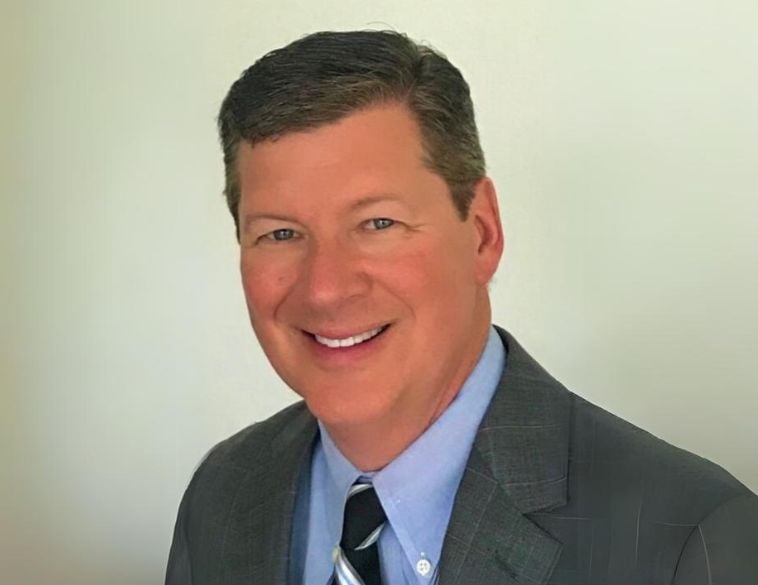The collision repair industry has a long list of challenges, such as the shortage of qualified people.
That may have to do with associating success with money. The owner, the flat-rate tech and the consultant have to look good by showing that they made more money. But we’re starting to see that more money doesn’t always mean success.
Recently, there have been articles addressing new ways to look at the collision repair world. Examples include overstaffing to reduce stress and to allow new people room to develop, recognizing that the repair world has become too complex for one tech to do it all, and repairing cars so that they will work as they should in the next collision.
Why can’t we just hire more people? Because we were all happy to make money, and while we were there was no problem. Flat rate guys made a ton of money fixing cars wrong and nobody got called for the wrong repairs. Everyone was making money and training new people cut into that.
Inequity in pay
Inequity in pay is a real problem that builds over time and then is really hard to fix. Why does the painter make twice as much as the prep person? Why does the repair tech on the floor, who can hide his mistakes and shortcuts behind filler and sealer, get paid twice as much as the estimator (whose quality output is vital to the repair tech) who can’t hide anything while being hammered by the insurance company on one side and the flat rate tech on the other?
Permanent stress is no longer acceptable; you can’t hire bright young people into a situation of permanent stress. You won’t get anyone with any loyalty if you promise them dollars, since the next person will just promise them more.
That needs to be fixed and you can’t sit back and wait for someone to fix it for you.
You can control the pay structure of your company to a very large extent, but you can’t do it overnight. One of our long-time techs surprised me a few weeks ago. He knows techs working at other companies and the talk is always about how many hours they booked and how much money they made in two weeks. More is always seen as better. The painters complain about the repair techs, the repair techs complain about the painters and each other and they all complain about the estimators not writing enough hours. He told me, “Who needs all that stress? Come to work, do your job properly and know that every paycheck is fair.” Life away from work is a lot less stressful with an approach like that.
Pay a fair wage
Overall, I pay maybe ten percent more than if I ran a flat rate shop, but the pay is distributed much more fairly and the stress levels in the shop are very noticeably low.
Cars have changed, and they are changing every week. If you expect your flat-rate tech to repair that new car correctly while you leave him to do the research on the correct repair, you are fooling yourself. Pay him a fair wage and take the hit for the learning yourself. This will cost you money today but will pay returns in the future. Both you and the tech will be ahead and both of you stand a chance of staying in the business for the long run. You have a long-term employee who takes pride in being an important part of a good business and who could well turn into one of your best recruiters.
Peter Sziklai has been a collision shop owner in British Columbia since 1983 and has owned Tsawwassen Collision Ltd. since 1995. He has been active in the BC ARA, serving on the board of the Collision Repair Division including a term as Chair. Sziklai currently serves on the CCIF Steering Committee. You can reach him at [email protected].



